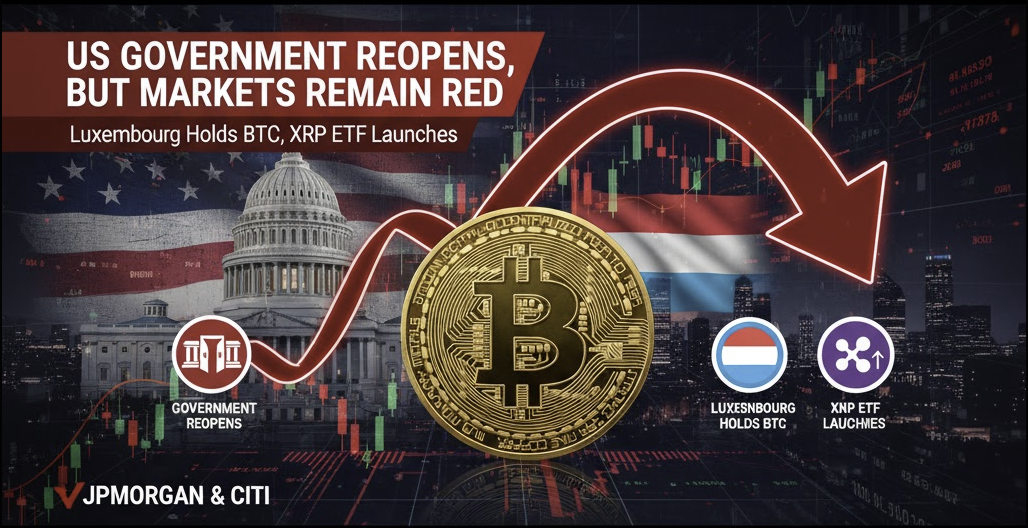Bitcoin has seen a slight recovery after a recent dip, while capital has been flowing out of BTC ETFs. Meanwhile, investors are closely watching signals from the Fed Chair and the movements of companies like MicroStrategy.
Market Overview
On Wednesday (August 20th, US), US equities closed with the Dow Jones flat, while the S&P 500 and Nasdaq both saw declines of 0.24% and 0.67%, respectively. Stock futures were trending downwards. Gold and oil saw slight increases, reaching $3389 per ounce and $63 per barrel.
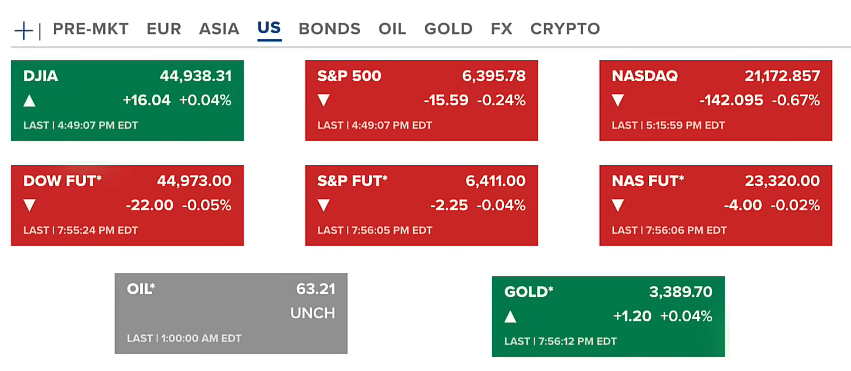
Bitcoin's price briefly dropped to a low of $112,900 yesterday before recovering to around $113,000. Many major altcoins traded sideways or saw minor gains. The overall crypto market capitalization stood at $3.92 trillion.
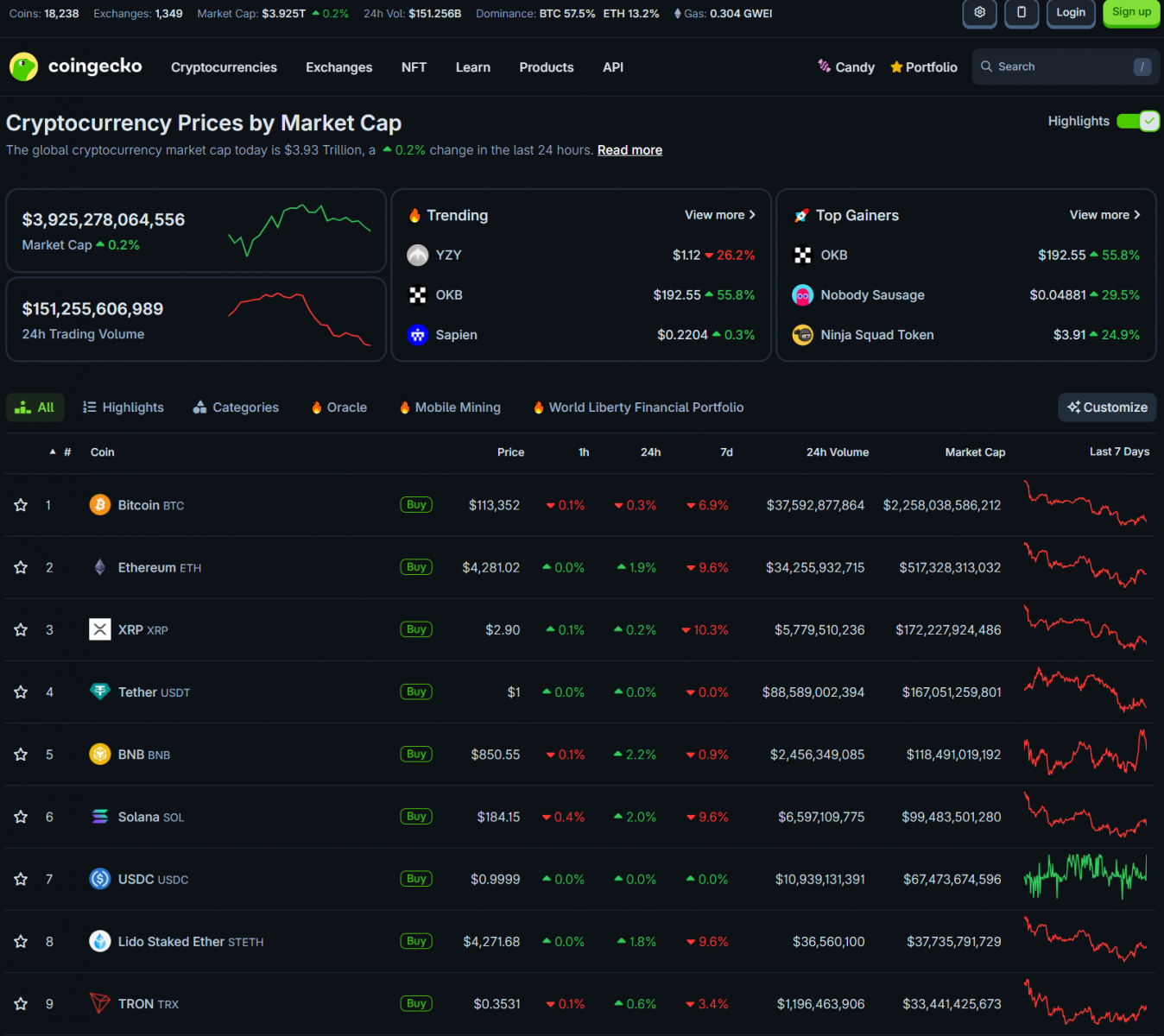
BTC spot ETFs continued to experience outflows, with a total of $315.9 million leaving the funds. Similarly, ETH spot ETFs also saw outflows of $240.2 million. This marks a shift in sentiment after a period of strong inflows.
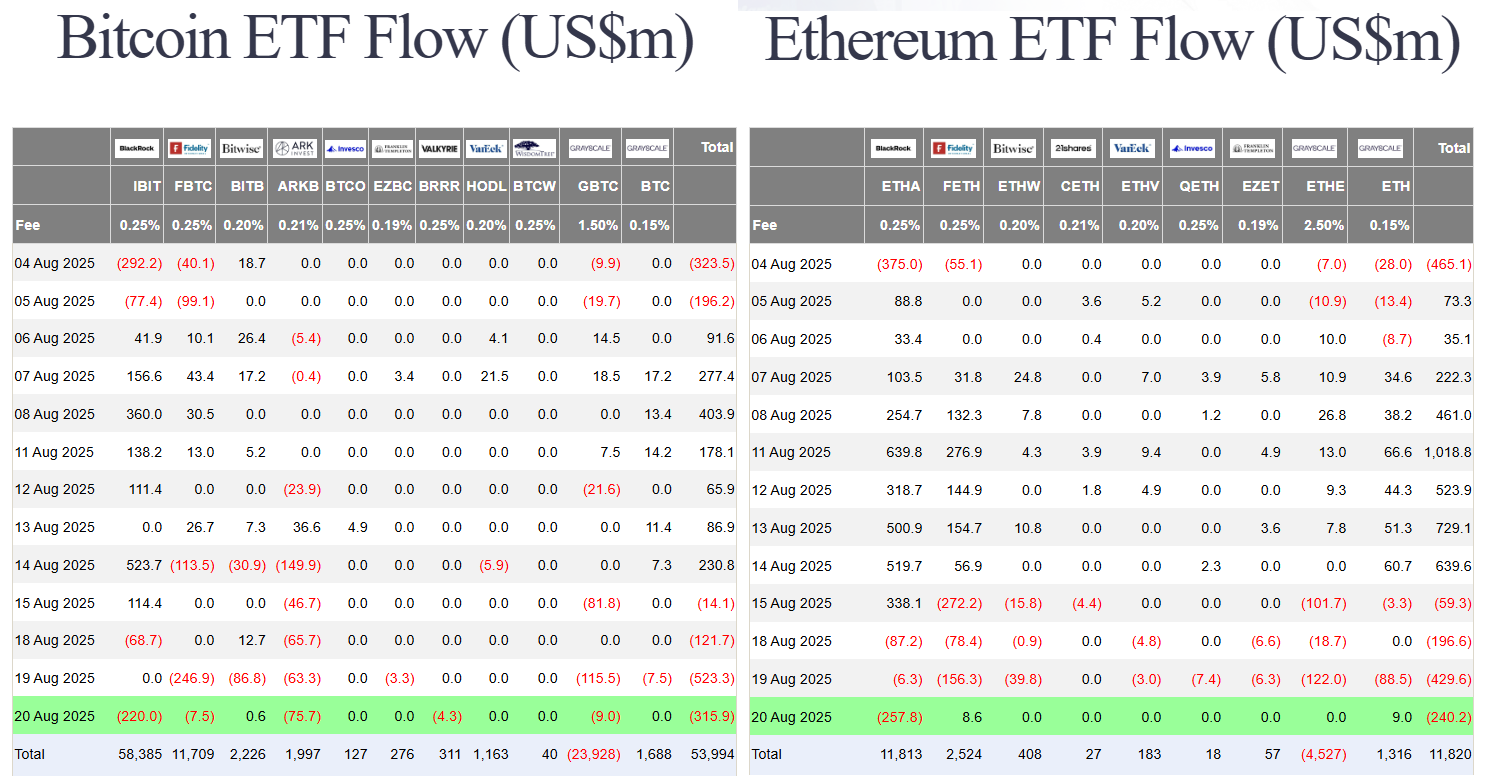
Tom Lee, a prominent crypto analyst, believes the recent correction in Bitcoin and the broader crypto market is primarily due to anxiety ahead of the upcoming speech by the Fed Chair at the Jackson Hole Symposium. Investors are concerned that the Fed will maintain a hawkish stance and not signal a rate cut, despite a weakening labor market. This is prompting many to sell off risk assets like Bitcoin and Ether to mitigate risk, before a similar sentiment spreads to the stock market. Lee argues that Bitcoin often reacts earlier than stocks: BTC declines first, and the stock market follows. The past few days have shown that Bitcoin has hit a short-term bottom and is beginning to recover, while the stock market may have to wait until the end of the week to show a clear trend.
Fed's Dilemma: Dissent on Rates, Awaiting Jackson Hole
The minutes from the July Fed meeting revealed a rare division among policymakers. The majority agreed to keep interest rates unchanged at 4.25%–4.5%, but two governors voted in favor of an immediate cut. This is the first time in over 30 years that more than one member has dissented.
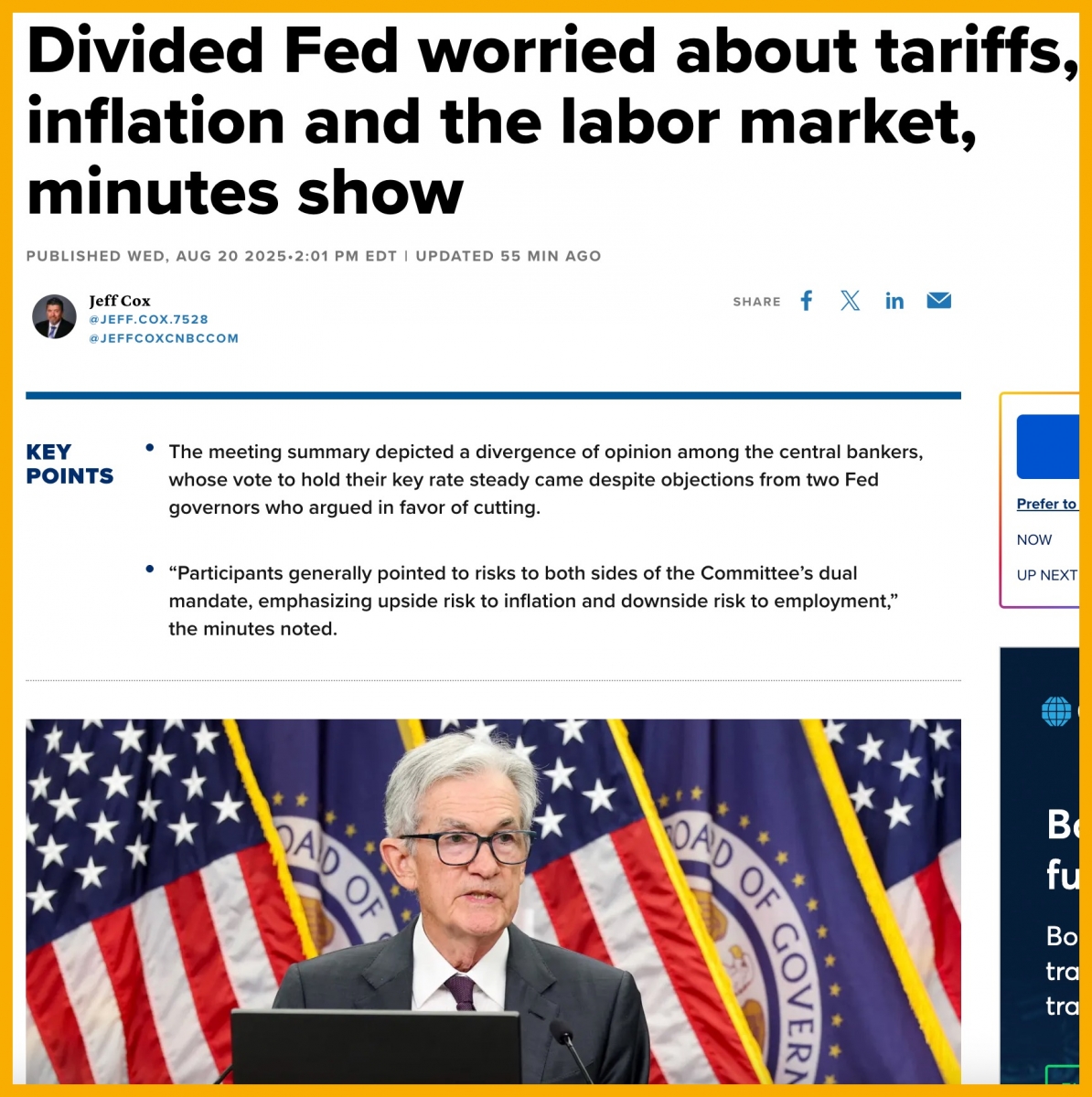
The debate reflects the growing tension within the Fed. Some members remain concerned about inflation, especially with President Trump's tariffs adding to the uncertainty, while others argue that the labor market is weakening and fear a rise in unemployment. Stagnant economic growth, slowing job creation, and reduced consumer spending are leading many to worry that the labor market could deteriorate further.
The minutes also highlighted that the Fed is facing a difficult trade-off. Cutting interest rates too early increases the risk of inflation reigniting, but waiting too long could push the economy into a deeper recession. All eyes are now on Fed Chair Jerome Powell's upcoming speech at the Jackson Hole conference this Friday, where he is expected to signal the Fed's next move after the latest jobs data was revised to be worse than previously reported.
Bitcoin Accumulation & MicroStrategy's Stock Dive
Despite the recent crypto correction, capital from Wall Street continues to flow into the market, not only through direct Bitcoin accumulation but also via supporting financial products. Some companies are still actively purchasing more Bitcoin. For instance, H100 recently acquired an additional 102.19 BTC, bringing its total holdings to 911.29 BTC. The Goobit Group has also begun accumulating, with a long-term target of 210 BTC.

From a macro perspective, Bitwise CIO Hougan has predicted that over the next 10 years, Bitcoin will see an average annual growth of 28%, far surpassing the 11% average of traditional stocks. If this pace is maintained, Bitcoin's price could reach approximately $13 million by 2035, thanks to the effects of compound interest. This figure is still considered "modest" compared to its historical average growth of around 100% per year. When compared to Cathie Wood's prediction of $1 million by 2030, Bitwise's forecast shows a more long-term but conservative vision.
Overall, while the $100,000 target was missed in 2021, patient investors achieved it in 2024. Therefore, the $1 million milestone in the next decade could arrive sooner or later than expected, but the long-term trend for Bitcoin remains upward. Over a 20-year period, an average annual growth of 28% could even push the price to $15–$16 million per BTC, a scenario that even major investors like Michael Saylor agree with. However, in the short term, the market is awaiting signals from the Fed Chair's speech this Friday, a factor that could strongly impact price movements.
Shares of MicroStrategy (MSTR) recently dropped to $336, their lowest level since April, after the company announced a lower share price for its latest capital raise to purchase more Bitcoin. Michael Saylor stated that the company adjusted its capital-raising guidelines to be more flexible in its market strategy.
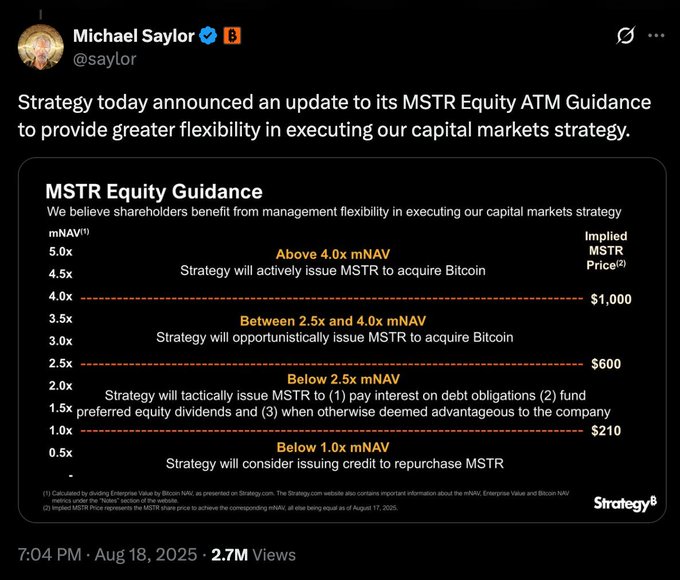
Analysis suggests that MicroStrategy is not an ideal investment channel simply because it holds Bitcoin, as its stock performance is affected by dilution from issuing new shares or taking on more debt to acquire BTC. When the stock price is high ($600–$1000), the company typically issues more shares to accumulate BTC; when the price is low, they prioritize debt repayment or share buybacks to support the price. The key point is that Strategy currently holds over 629,000 BTC, valued at around $71–$72 billion, while its total debt is only about $8.19 billion, meaning the risk of bankruptcy is very low. However, as a publicly traded company, pressure from shareholders could eventually force the company to sell its BTC holdings, despite Saylor's repeated claims that he will "never sell."
In my view, buying MicroStrategy (MSTR) stock is a cautious approach. I don't buy a company's stock solely because they hold Bitcoin, as this doesn't directly give you control over the amount of Bitcoin you own. The safer way is to buy Bitcoin directly through an exchange or an ETF, rather than relying on another company's strategy. In essence, Strategy uses its stock and debt as leverage to accumulate Bitcoin. While its assets are many times larger than its debt, new shareholders are the variable that could influence the company's decision to hold BTC.
Other Key Crypto & Market Updates
Sam Altman, the founder of OpenAI, commented that the current wave of massive investment into AI is similar to the period a few years ago when tech companies poured money into the metaverse. At that time, many major corporations like Meta spent heavily on virtual reality, but most failed and suffered significant losses. He warned that the majority of current businesses may also not succeed with AI, leading to the risk of an "AI bubble" similar to the dot-com bubble. This statement is making the market more cautious and less optimistic.
Senator Cynthia Lummis stated that the US Senate is accelerating the process of reviewing and passing crypto market legislation. According to the plan, the Senate will resume work on September 3rd. In September, the Senate Banking Committee will review the bill related to market structure, while in October, the Agriculture Committee will take on the content that falls under the CFTC's jurisdiction. Congress's goal is to finalize all the bills and present them to the President for his signature before the end of the year, with the hope that the process can be completed before the Thanksgiving holiday at the end of November.
China is considering allowing the issuance of a yuan-backed stablecoin, which is expected to be discussed by the State Council and could be approved this month. The goal is to expand the international use of the yuan while regulating management responsibilities and risk control. Unlike a CBDC, a stablecoin is considered a more feasible option as a CBDC still faces challenges related to technology, privacy, cybersecurity, as well as the risk of destabilizing the banking system and cross-border payments.
Sources
- Bloomberg
- CoinDesk
- U.S. Treasury
- TradingView
- Reuters
- SEC
- White House Press Office
- CryptoQuant
- The Block
- Coingecko
- Dune Analytics
- Truth Social
- The Committee for a Responsible Federal Budget
- MicroStrategy Investor Relations
- Tom Lee (Fundstrat Global Advisors)
- Sam Altman (OpenAI)
- Senator Cynthia Lummis's Office
Disclaimer
This article is for informational purposes only and should not be considered financial advice. Please do your own research before making investment decisions.

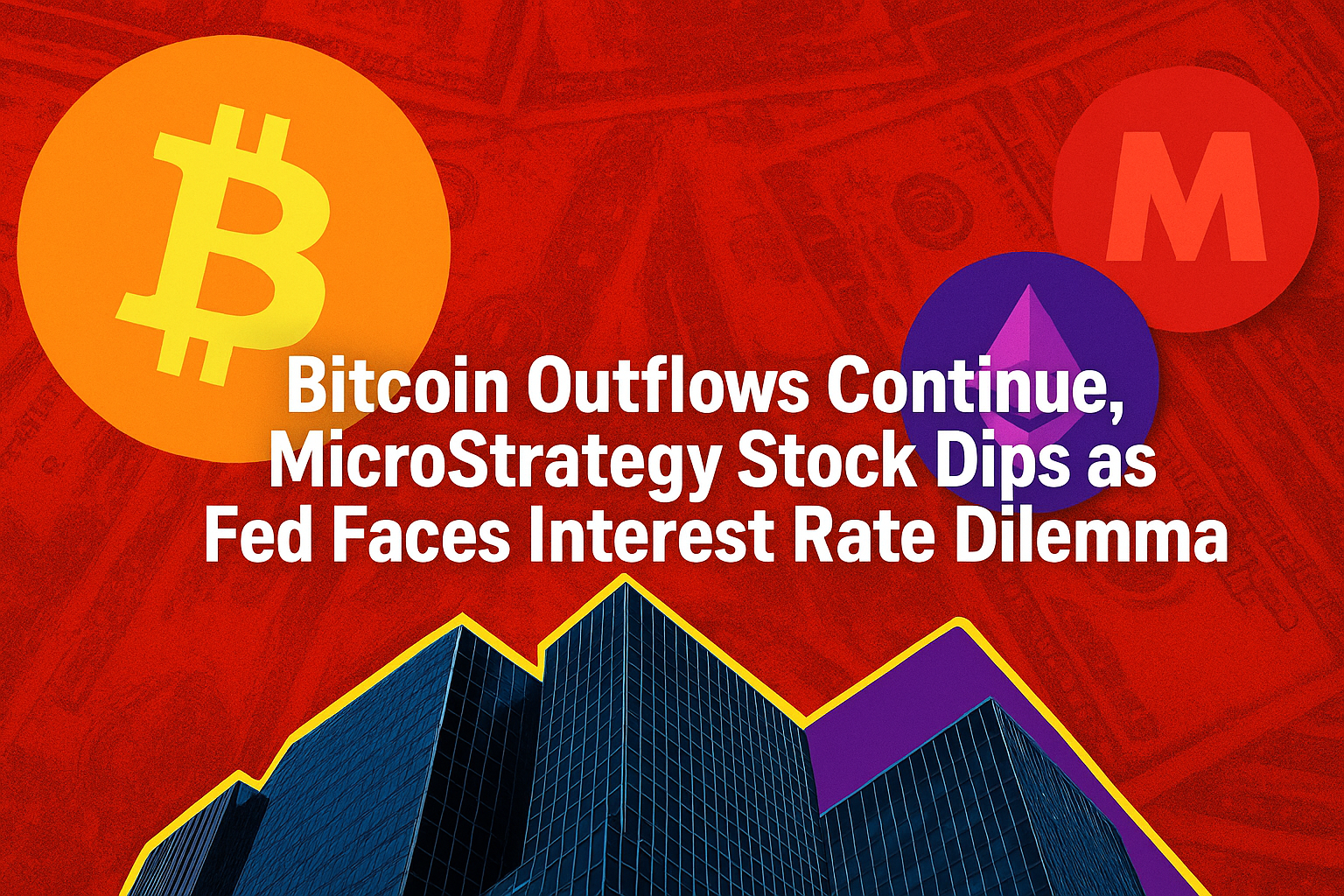
.png)




